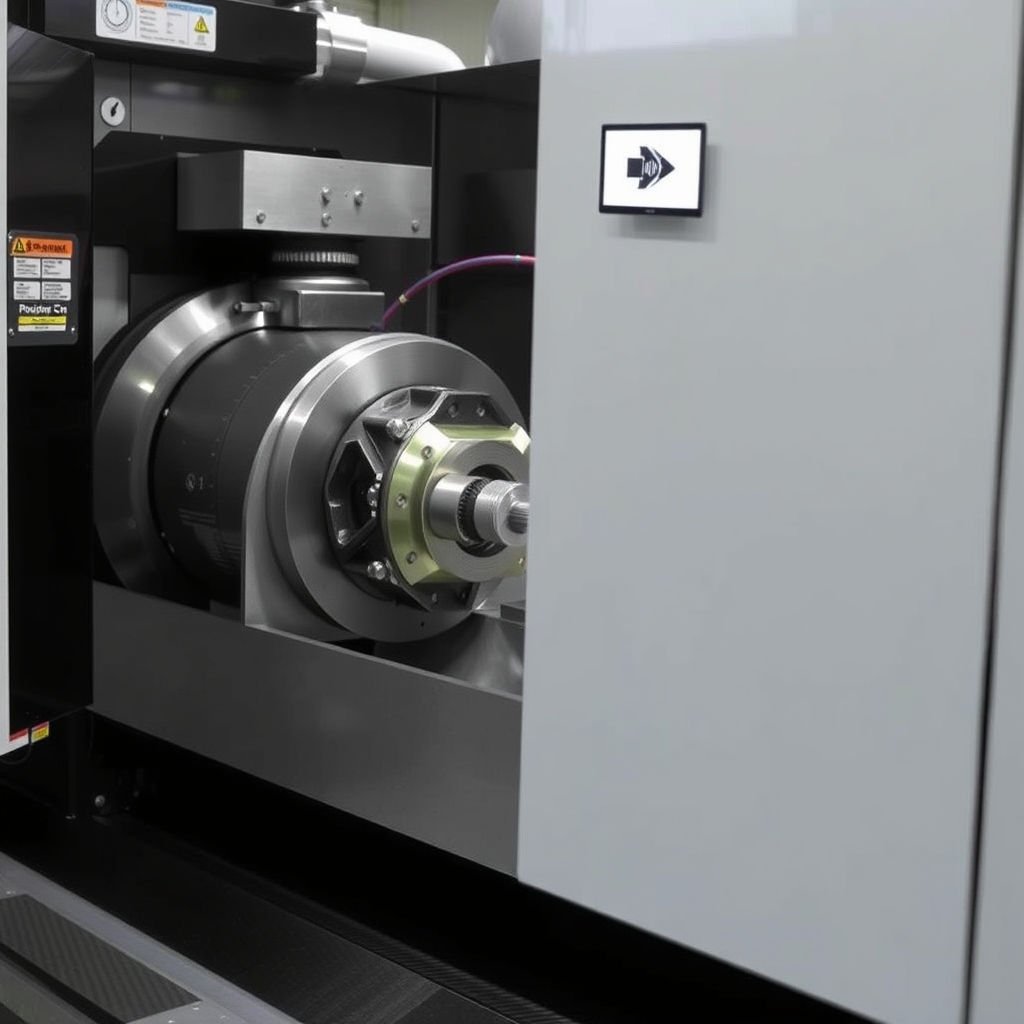
- +8615586668226
- [email protected]
- Nr 30, Hongbang Industrial Park, Shenzhen

Milling isn’t just cutting metal—it’s about maximizing performance. The choice between climb (down) and conventional (up) milling impacts:
With industries like lotnictwo, motoryzacjaoraz urządzenia medyczne demanding micron-level precision, selecting the optimal method is non-negotiable.
Climb milling, or down milling, involves the cutter rotating in the same direction as the workpiece feed. This method starts with maximum chip thickness, reducing friction and heat for smoother cuts.
In conventional (up) milling, the cutter rotates against the feed direction. It’s ideal for rough surfaces, castings, and manual machines.
| Czynnik | Climb Milling | Conventional Milling |
|---|---|---|
| Chip Thickness | Starts thick, tapers to zero | Starts thin, increases gradually |
| Żywotność narzędzia | Longer (less heat) | Shorter (more friction) |
| Workpiece Forces | Downward (stabilizing) | Upward (requires strong clamping) |
| Najlepsze dla | Soft metals, finishing passes | Hard materials, roughing |
A manufacturer of aerospace brackets switched to climb milling on a 5-axis CNC machine, achieving:
Which method is better for titanium alloys?
Climb milling is preferred for titanium’s low thermal conductivity, minimizing heat buildup.
Can I use climb milling on a manual machine?
Avoid it—backlash risks tool pull-in. Stick to conventional milling for safety.
How does material thickness affect the choice?
Thin materials (<6 mm) benefit from climb milling’s stabilizing forces.
Is conventional milling outdated?
No—it’s indispensable for roughing cast iron or Ciężki sprzęt części.
Ready to optimize your CNC operations? Skontaktuj się z nami for tailored machining solutions!
Poznaj najnowsze trendy i fakty dotyczące produkcji CNC na naszym blogu.
Shenzhen Runkey Precision Technology Co. Ltd, spółka zależna Tensun Group, jest zaufanym, kompleksowym rozwiązaniem w zakresie niestandardowej produkcji, od prototypowania po produkcję. Przekształcenie pomysłu w rzeczywistość dzięki cyfrowym zasobom produkcyjnym, usprawnionym procesom, wskazówkom ekspertów, przyspieszonym terminom i bezkompromisowej jakości.
©2024. CNC Fabrication Wszelkie prawa zastrzeżone.